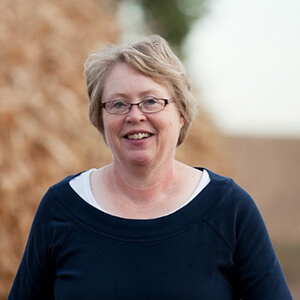

Let me just start with, raising healthy pigs is not easy.
Raising healthy pigs start before the pigs are born by choosing the right genetics. There are certain pig issues that coincide with specific genetics. This is why we work with veterinarians so they can help us navigate proper genetics.
Once pigs are born, we have certain protocols we follow such as docking pigs tails and castration. Both of these procedures are done within the first few days of birth.
WHY ARE THE PIG TAILS DOCKED?
Pigs are very curious animals and there is a tendency to bite at another pigs tail,. This can lead to infection, which is why they are docked. Preventive measures.
EARLY PIG CARE
Pigs are on a certain vaccination program to help prevent certain diseases. Taking care of young pigs is very time intensive. Workers watch and help pigs that may not be nursing properly. If there are too many baby pigs, some may be transferred to another sow. The number of pigs per sow is determined by how many teats the sow has. Each baby pig has a certain teat they drink from–they don’t share.
GROWING UP
Once pigs are weaned (about 3 weeks of age and tripled in weight), they are moved to a group pen. It may be a nursery room or a finisher pen. Once they are moved into the next stage of housing, the pigs need to establish a pecking order. Yes, even at 3 weeks old. They do this by “fighting” each other. As caretakers, we are very careful about not moving in and out of pens after their pecking order has been established. And they continue establishing their pecking order their entire lives when they enter a new group. It takes 6 months to go from birth (3 pounds) to market (285 pounds).
Newly weaned pigs are monitored multiple times per day. They need to learn how and where to eat and drink since mom sow is no longer there. There are additional vaccinations that are administered, either by syringe or through the water.
BIOSECURITY
Biosecurity is extremely important. We do not allow other people in our barns. We use disposable boots and coveralls to help minimize contamination. Even with all the precautions, pigs still get sick. A common virus that we deal with every year is PRRS (porcine reproductive and respiratory syndrome) . PRRS can be transmitted through the air. So until pigs stop breathing, we will continue to treat PRRS. PRRS is devastating to newborn pigs with 100% mortality. Yes, there is a vaccine for PRRS but we don’t feel it is very effective. Viruses do what they do best–they mutate. So it is nearly impossible to eliminate it.
FEED
We work with an animal nutritionist, who develops the ration (same as recipe) pigs will eat. Each pig will eat between us 7-8 different rations during their lifetime–all based on their nutritional needs. Nutrition is important for the health of the pig. I can honestly say, they eat better than I do and it’s not close.
There are other problems that can happen to pigs as they grow, which is why we check on them multiple times per day. If a pig is not feeling well and needs extra attention, they are put into a “sick” pen where they can be monitored.
NOTE: There are multiple ways to raise pigs. I am not opposed to how others raise them as I believe we all do our very best based on our resources and knowledge.




